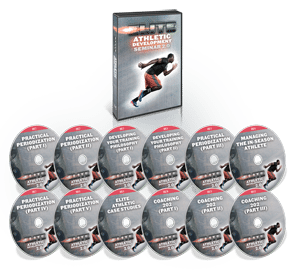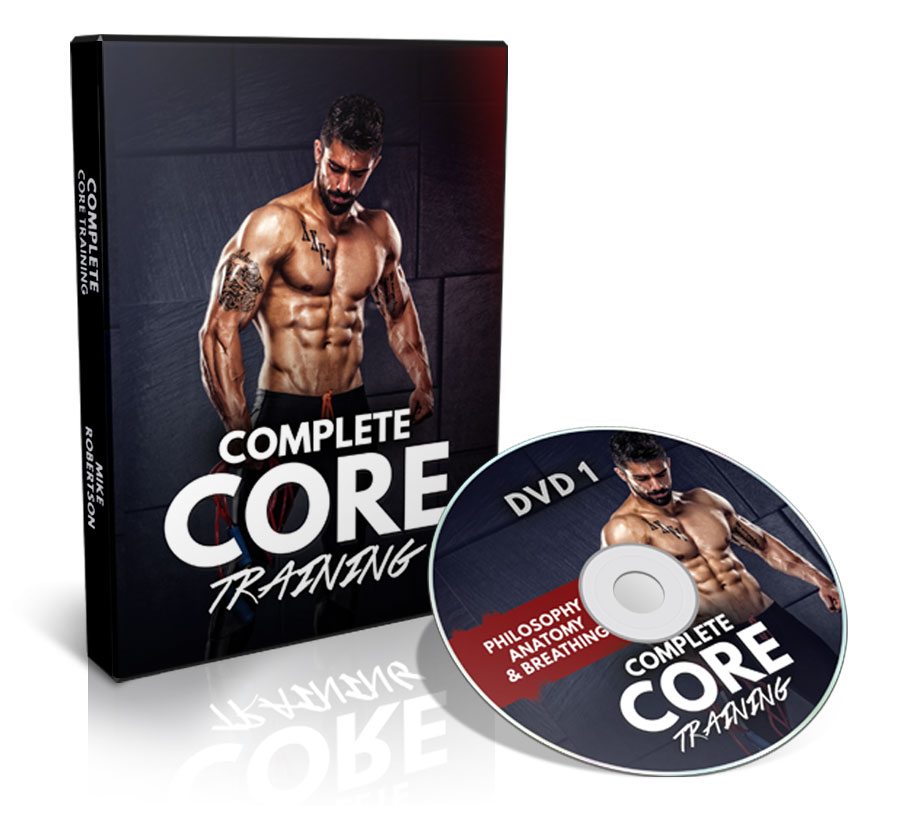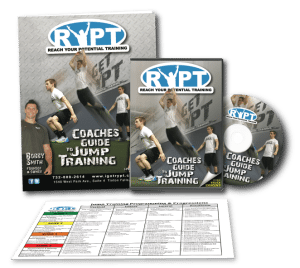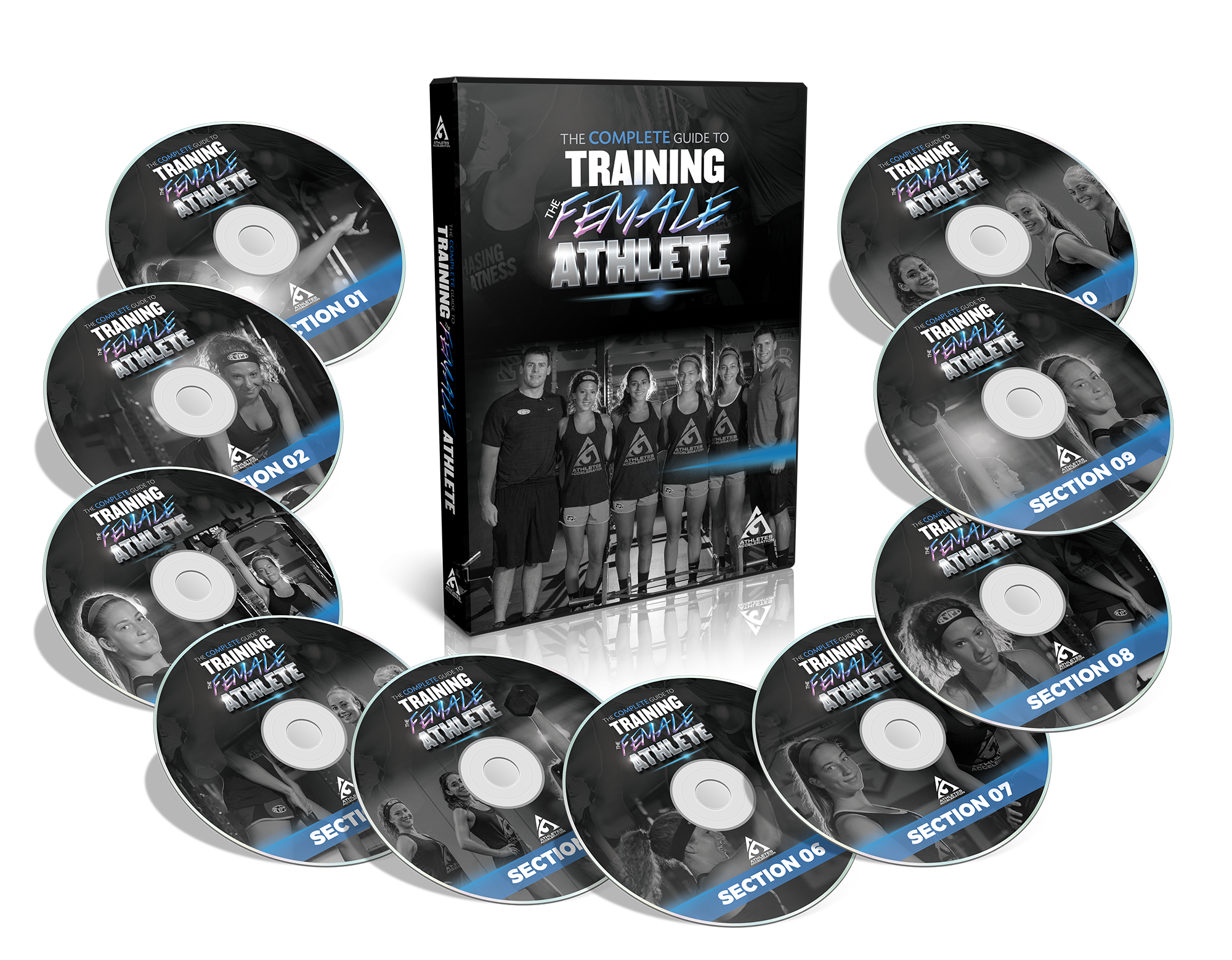DIFFERENCES IN THE TRAINING OF COMPETITIVE OLYMPIC WEIGHTLIFTERS AND ATHLETES IN SPORT
By Brett Nenaber MS, SCCC, USAW
The goal of any athlete’s training program is to help them realize their full potential in the sport they compete in. Before we as strength coaches can design a program for an athlete we must understand the demands of the sport that they play.
How do they move?
What demands are place on the athlete’s body?
What are the qualities that are necessary for success?
These are questions that need to be asked before we can design a functional training program that has the primary goal of enhancing performance. Fundamental qualities such as strength, speed, and power are found to be common essential qualities needed for success in almost all sports (aside from endurance sports). This statement holds true for both competitive Olympic weightlifters and any other sport athlete who is competing on a court or field. Even though these two different types of athletes are striving to improve on the same qualities, the demands of competition vary greatly between the two and so must their training programs. This article will highlight the necessary differences in exercise selection and program structure for both a competitive Olympic weightlifter and a sport athlete and will close by providing an example of a typical training session for each of these types of athletes to show how these differences can be put into application.
The implementation of the Olympic lifts (Snatch, Clean, Jerk, and their variations) into any athlete’s strength program provides a multitude of beneficial adaptations. First and foremost, the use of the Olympic lifts is paramount in the development of explosive power. There are no better movements that can be performed in the weight room for an athlete who is looking to improve their power output. On top of this, an athlete who is coached to perform these lifts correctly will also see dramatic increases in postural strength, flexibility, range of motion, as well as overall body control and athleticism. With all of the benefits that the athlete receives from training the Olympic lifts that have a direct transfer to the field of play, it understandable why so many strength coaches choose to use them as a staple of their programming. That being said, these lifts are just a part of the overall program that is necessary for the development and injury prevention of an athlete who is going to compete in a sport other than weightlifting. It is too often a common occurrence for strength coaches to fall into the trap of solely revolving their programs around the training of these lifts, leaving vital holes in the development of the sport athlete.
The exercise selection within the training program of a competitive weightlifter and a sport athlete must take into account the demands placed on the athlete in competition. The main difference lies in the use of unilateral and multi-plainer movements. In competition, a weightlifter is only performing bilateral movements using a barbell. This eliminates the functional need for a weightlifter to train using unilateral and multi-plainer movements. Most all assistance exercises that a weightlifter will perform in training will be done in place, on two feet, and using a barbell unless rehabbing an injury or working on a specific deficiency. The athlete who’s sport takes place on a court or field has to be able to move, react, balance, and generate force with each limb independently. This necessitates a difference in exercise pools for the development of the programs. Although it is beneficial for a sport athlete to use many of the same exercises that would be found in the exercise pool for an Olympic weightlifter, a sport athlete’s training program must also utilize unilateral, multi-plainer, as well as body weight movements to increase single leg/arm strength, core stability, and functionality. The goal of the sport athlete’s training program is not just to increase strength, but to increase functional strength. The key factor is that the training for the sport athlete must remain functional for the sport that they are competing in. This demands a multifaceted program that can incorporate all aspects of training, combining unilateral, bilateral, and multi-plainer movements.
In a typical 3 day a week, total body training session for a sport athlete, as is found in the Tier System designed by Coach Joe Kenn, the athlete will perform a total body lift (typically an Olympic variation), a lower body lift, and an upper body lift within the first three tiers of the workout where the order and emphasis of the program will rotate throughout the week. Tier 1 is comprised of the priority movement emphasis of the session followed by Tier 2 being a major movement emphasis and Tier 3 being the minor movement emphasis. The typical rotation of the priority emphasis of the program throughout the week is as follows:
With Tier 1 being the priority movement emphasis of the day this is typically programmed as a foundational bilateral exercise. Tier 1 is then followed by a major assistance and supplemental exercise in Tiers 2 and 3 where unilateral and hybrid type movements can be performed within their respective movement categories. Tier 4 and 5 of the program will incorporate additional supplementary lifts which correspond respectively to the movement categories found in Tiers 1 and 2 of the day’s session. It is important to keep in mind that the exercise chosen in Tiers 4 and 5 should complement the movements performed in Tiers 1 and 2. This can be accomplished by choosing exercises that are performed in a different plain of movement and perhaps also alternating a bilateral movement from an earlier tier with a unilateral movement in the later tiers or vice versa. Tiers four and five are then followed by a posterior chain movement, posterior shoulder movement, and neck work to round out a well-balanced training session that covers all aspects necessary for a sport athlete’s athletic development. Throughout these tiers the coach must utilize bilateral, unilateral, and multi-plainer movements in the design of the program to maintain functionality with the underlying goal of enhancing the athlete’s competitive abilities as was discussed previously.
Within the program for a sport athlete it is optimal to combo the main movements of the first three tiers (typically at least through the warm up sets) with supplemental, movement specific exercises. To completely cover this aspect of the training program as in depth as is necessary it would require a whole other topic for an article, but in the example program provided you will see just one idea of how this can be accomplished. Adding these supplemental exercises to the main tiers of the training program is a great way to fit in movements that may focus on an athlete’s specific area of weakness or general “prehab” exercises that typically focus on hip and shoulder mobility/strength. This can also be a great opportunity to fit functional core work into the athletes program where the focus should be on flexion/anti-flexion, extension/anti-extension, and rotational/anti-rotational strength and stability to maintain functionality. Combining these movements will also keep the athletes constantly moving and working in between sets which generate a higher work capacity in your sport athletes and will help you as a strength coach make the most out of the limited time that you have to train them.
A typical “full training” session for an Olympic weightlifter will usually consist of a snatch variation, a clean and jerk variation, a pull variation, a squat variation (the order may vary depending on the intent of the day) and an occasional assistance exercise. All accessory exercises that are selected to be used in an Olympic weightlifters training program will consist of bilateral movements with the goal of enhancing the athlete’s weaknesses to improve either their snatch or clean and jerk. These assistance exercises can be used to improve both technique and strength (i.e. muscle snatches, clean grip snatches, overhead squats, drop snatches, snatch balances, deadlifts, RDLs, good mornings, lift offs, overhead presses, push presses, jerk recoveries, lifts with no hook, lifts with no movement of the feet, lifts from alternate positions, complexes, and plyometrics, just to name a few) all with the intent of improving a specific aspect of the respective lift. The more advanced the weightlifter is the less variation in the lifts and assistance exercises there will be, where as a lower level weightlifter will use a larger assistance exercise pool that focus on improving the classical lifts and may only perform a full snatch and full clean and jerk 2-3 times a week. This concept should be the opposite for a sport athlete. The younger the training age of the sport athlete the less variation in exercise selection is needed. They must stick to the fundamentals of your program until they have them perfected and have created the strength base that is necessary for them to move on to the next stage of their development. As the sport athlete begins to reach closer to their genetic ceiling there becomes a greater need for variation in the program so that they do not become stagnant in their progress.
For example if you are the strength coach for a college football team and have fourth year linebacker who is a 600lbs squatter, will getting him to squat 605 make him a better football player? Sometimes when working with a sport athlete we need to ask ourselves as strength coaches “How strong is strong enough?” In this example we now may need to look for other methods of training to continue to enhance this athlete’s productivity on the field while keeping them healthy, and it is our job as their strength coach to determine exactly what that athlete may need. With a competitive weightlifter there is no such thing as strong enough. Even the smallest increase in their strength levels may lead to a one kilo PR in either of the classical lifts, this could be the difference between bringing home the gold or silver in competition.
The differences in performance needs as well as the culmination of demands placed upon these two types of athletes lead to the necessary differences in their training program structure. The weightlifter’s program is ultimately designed with one goal in mind, to make the athlete a better weightlifter. The competitive weightlifter’s training sessions are essentially their “practice” sessions for the sport they compete in. Because of this it is common for a weightlifter to train up to 8 or 9 times in a week which would include 2-3 double days. Often times the double days are broken up by performing strength movements such as squats and presses along with clean/snatch pulls or power cleans/snatches in the am session followed by a pm session consisting of full snatches and clean and jerks and possibly an assistance exercise or additional strength movement. The ability to break up a high volume training day into two sessions will put less stress on the weightlifter’s body than having one large session and also allows for different points of emphasis in each session. In the AM session the focus is on increasing strength and speed, where as in the PM session the focus is on the competition lifts themselves. It can almost be thought of as a training session in the morning and a “practice” in the afternoon, very similar to the schedule of a training day for any other sport athlete. The weightlifter has the ability to train this way because they have no other outside physical stressors placed on the body, which is hardly ever the case when training a sport athlete.
The sport athlete’s training program must be structured to balance all of the physical demands placed on their body that are necessary to prepare them to for their sport (i.e. conditioning, speed work, mat drills, 7 on 7) or by the participation in their sport its self (i.e. practice and games). These outside physical demands may only allow the sport athlete to be able to get into the weight room to train 2-4 times a week, depending on the time of year, without running the risk of overtraining and possible injury. Do to these factors the structure of the sport athlete’s training program will vary greatly from the competitive weightlifter’s. However you as a strength coach decide to set up your training program for a sport athlete it must take into account all of the other physical demands that are being placed upon their bodies.
Example Programs:
The following are two example single session training programs for both a competitive Olympic weightlifter and a sport athlete. First, some context for the reader on the following programs:
The first program is the competitive weightlifters program. It is designed for a high level female athlete who is nationally ranked in the top 10 in the 58k weight class and is prepping for a national competition
The second program is the sport athlete’s program (Warm Up Circuit followed by Session T). It is designed for a high school football team who is in the first session of their summer training program which has to be designed around available equipment and the time constraints placed upon each lift group. Because the high school football team had multiple lifts groups that needed to get through the workout in a very short amount of time, it is designed so that one group would start the programmed warm up while the previous group is finishing up their work on the platform and beginning to transfer to tier three of their work out before the next group rotates in. This also generated the need to implement most of their core work into the warm up circuit instead of combining it within the tiers to create a faster flow once they began the main session of the work out.
As you are looking over the programs notice the differences in exercise selection and program structure as they are applied into the two respective programs while keeping the underlying goal of helping these two different types of athlete to be able to realize their full potential in the sport they compete in.
EXAMPLE – OLYMPIC WEIGHTLIFTING PROGRAM
EXAMPLE – HIGH SCHOOL FOOTBALL TEAM’S WARM UP CIRCUIT:
PRIOR TO SESSION T
Whole group starts warm up together with the “quick feet” drill of the day. The purpose of this drill is to generate increased levels of blood flow, increase body temperature, and help stimulate activation of the central nervous system.
The lift group is then broke into 3 smaller groups, with one group starting at each station (Core, Hip Mobility, and Med Ball). The movement emphasis at the Core and Med Ball stations will rotate throughout the week, as you can see in this training session the emphasis is on flexion and rotational strength/power.
Each station will take about 2-3 minutes with an emphasis on keeping the athletes constantly moving and working. Following the warm up circuit the athletes will head to their platforms to complete their bar complex and start Tier 1.
EXAMPLE – HIGH SCHOOL FOOTBALL TEAM’S TRAINING SESSION T







